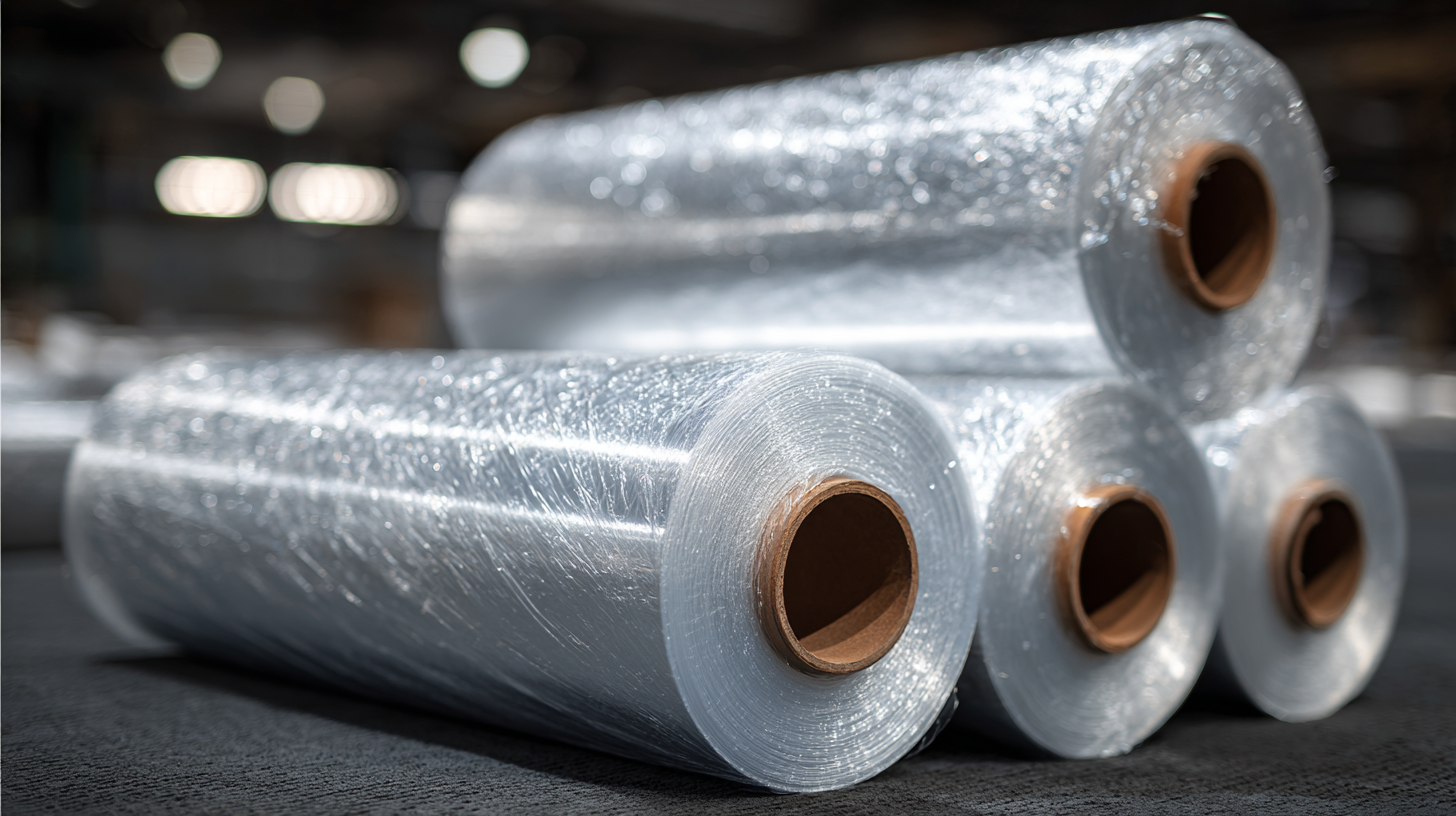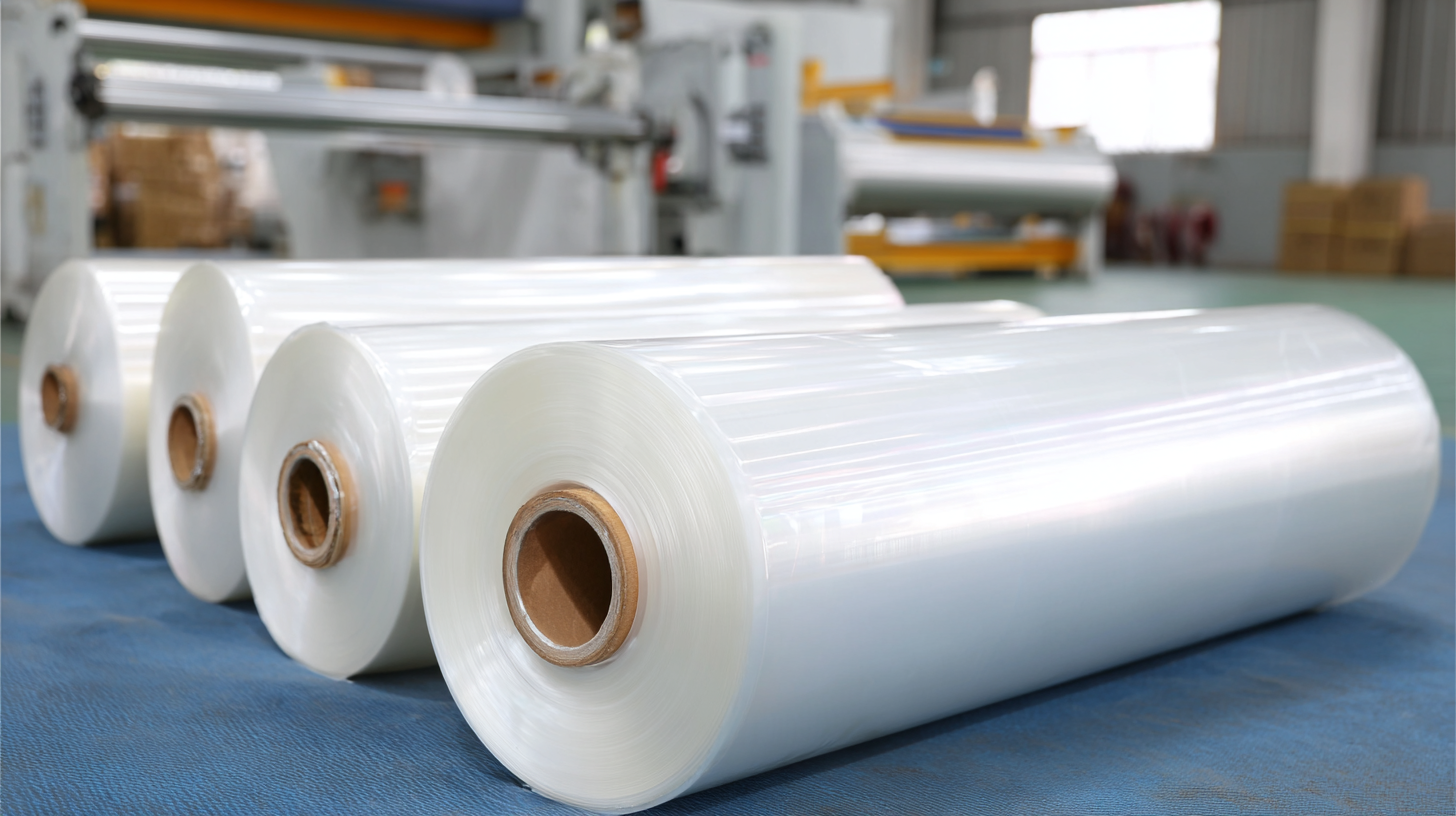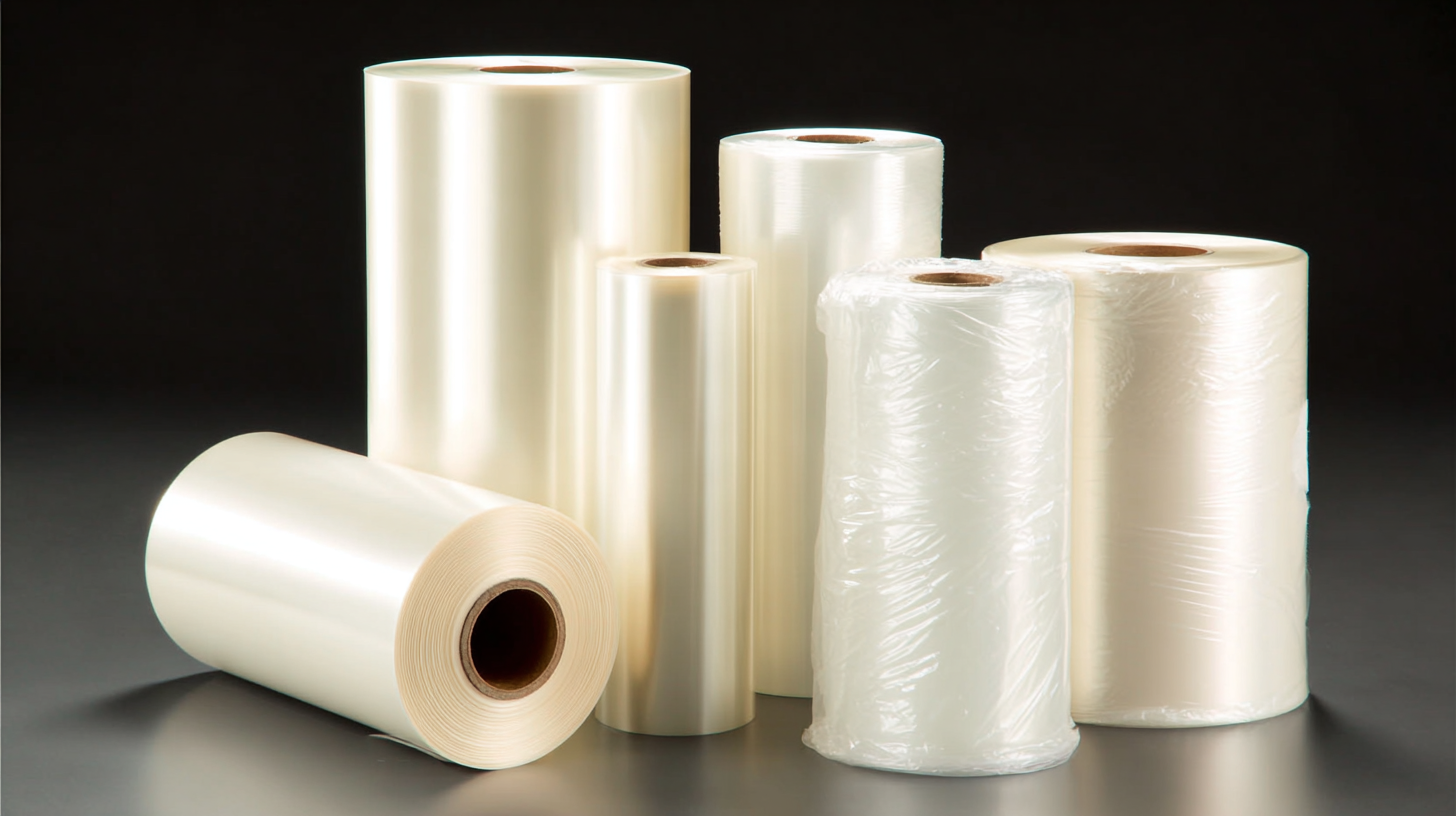In the competitive landscape of packaging materials, Cross-Linked Shrink Film has emerged as a pivotal solution, particularly for manufacturers seeking to enhance product protection and presentation. According to a recent market analysis by Smithers, the global shrink film market is projected to reach $16 billion by 2026, driven by the growing demand for efficient packaging solutions across various sectors, including food, consumer goods, and industrial applications.

As a leader in this arena, China's top export manufacturer specializes in producing a diverse range of Cross-Linked Shrink Film products, each tailored to meet specific needs. These films not only offer superior strength and clarity but also deliver excellent performance under extreme conditions, making them ideal for a variety of applications from product bundling to promotional packaging. With their unmatched excellence, Cross-Linked Shrink Films are setting new standards in the packaging industry, providing businesses with innovative solutions that enhance their competitive edge.
The innovative manufacturing techniques applied in producing cross-linked shrink film have set a benchmark in the global market. As the demand for polyolefin shrink film is projected to grow at a compound annual growth rate (CAGR) of approximately 5.3% from 2024 to 2032, the focus on advanced production processes is crucial. In 2023, the polyolefin shrink film market was valued at USD 6.1 billion, highlighting its substantial role in packaging and industrial applications, driven by the need for efficient and effective product presentation and protection.
One of the key advancements is the use of hydrogel-based materials, which are cross-linked polymeric networks that offer enhanced properties such as elasticity and moisture retention. These materials can further improve packaging solutions, making them more sustainable and suitable for a variety of applications. Innovative recycling processes are also emerging, transforming agricultural plastic waste into valuable new products, thereby addressing environmental concerns.
Tips: When selecting shrink film for your packaging needs, consider the specific environmental conditions and storage requirements your products will face. Always evaluate the supplier's manufacturing techniques and certifications to ensure you are choosing a product that meets industry standards. Additionally, explore options that incorporate sustainable materials, as these can enhance your brand's reputation while contributing to global recycling efforts.
Cross-linked shrink film is rapidly becoming an essential material across various industries, thanks to its unique properties and advantages. One of the key benefits of using cross-linked shrink film is its high durability and strength. Unlike conventional shrink films, cross-linked variants undergo a specialized manufacturing process that enhances their molecular structure, making them resistant to punctures, tears, and environmental factors. This durability makes them ideal for packaging products that require long-term protection, such as electronics, food items, and pharmaceuticals.
In addition to its robust physical characteristics, cross-linked shrink film also offers exceptional heat resistance. This property allows it to maintain its integrity even under high-temperature conditions, minimizing the risk of deformation during the shrink wrapping process. Industries such as food and beverage, automotive, and consumer goods greatly benefit from this feature, as it ensures that the packaging remains intact and effective throughout the supply chain. The ability to create a tight, secure seal also improves presentation and shelf life, providing a competitive edge for businesses aiming to deliver quality products.
In the rapidly evolving packaging industry, sustainable practices are becoming paramount, especially in the production of cross-linked shrink film. As the demand for environmentally friendly packaging solutions rises, leading manufacturers in China are prioritizing eco-conscious methods. According to a recent industry report, the global market for sustainable packaging is expected to reach USD 500 billion by 2027, with a significant contribution from manufacturers utilizing innovative green technologies.
One key practice includes utilizing bio-based materials and reducing energy consumption during the manufacturing process. Reports suggest that companies implementing energy-efficient systems can reduce their carbon emissions by up to 30%. Furthermore, an emphasis on recycling and the use of post-consumer recycled (PCR) materials is gaining traction, aligning with global sustainability goals.
When it comes to packaging, the choice between cross-linked shrink film and standard shrink film can significantly impact product protection and presentation. Cross-linked shrink film, known for its superior strength and durability, is engineered through a process that links polymer chains, resulting in a material that can withstand higher temperatures and maintain its form during the shrinking process. This makes it an ideal solution for products that require reliable sealing and protection against environmental factors.
In contrast, standard shrink film, while effective for many applications, generally offers less resistance to punctures and tears. This can lead to issues during handling and shipping, particularly for heavy or oddly shaped items. Additionally, the clarity and gloss of cross-linked films tend to be higher, enhancing the visual appeal of packaged products. When choosing between these two options, businesses must consider their specific needs for durability, appearance, and cost-effectiveness to ensure optimal packaging solutions.

The cross-linked shrink film market in China is witnessing significant transformation, driven by technological advancements and increasing demand for packaging solutions in various sectors. According to a recent report by ResearchAndMarkets, the market is projected to grow at a CAGR of over 5% from 2023 to 2030, fueled by the rise in e-commerce and the need for durable packaging materials. This growth indicates a promising future for manufacturers, as innovative shrink films provide added benefits such as enhanced strength and temperature resistance, appealing to a wide array of industries, including food and beverage, pharmaceuticals, and consumer goods.
Tip: When selecting cross-linked shrink film, consider the specific requirements of your product, including storage conditions and shelf life. Choosing the right film can significantly enhance product protection and presentation, resulting in better customer satisfaction.
Furthermore, as sustainability becomes a focal point for consumers and businesses alike, manufacturers are reformulating cross-linked shrink films using eco-friendly materials. A study by Smithers Pira reveals that sustainable packaging will account for approximately 30% of the total packaging market in China by 2025. This shift not only meets market demands but also positions companies as environmentally responsible, thereby attracting conscientious consumers.
Tip: Stay updated with the latest materials and technologies in shrink film to stay competitive in the market. Engaging with suppliers who prioritize sustainable practices can also enhance your brand's value in the eyes of consumers.

